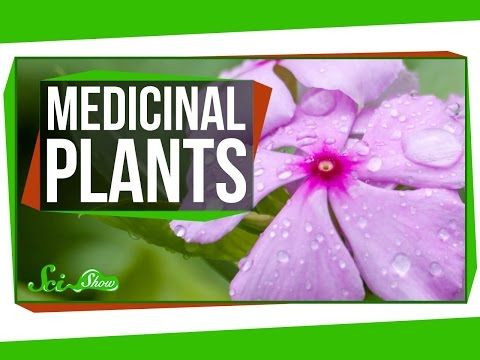Cancer Drugs Are Made From The Extract Of Rosy Periwinkle; 4 Medicinal Plants That Are Good For You

A 5,000 year old Sumerian clay slab lists 250 plants useful in preparing medicines, Hank Green reports in this episode of SciShow. Current tests prove many of these plants lack healing powers, yet others contain highly therapeutic ingredients. Many of the useful plant-based substances belong to a family of nitrogen-containing compounds called alkaloids. Their names usually end in –ine and include the ever popular caffeine, nicotine, and morphine.
A medicinal plant that appears in hundreds of recipes snatched from the pages of Traditional Chinese Medicine is sweet wormwood. Investigating its use, contemporary researchers discovered it contains an alkaloid, Artemisinin (an exception to the –ine ending). Today, extracts of the plant treat malaria, though careful preparation methods are necessary for success.
Goat’s Rue or Professor Weed has been used in the Middle East and Europe since the middle ages. Today, scientists know this plant contains high levels of guanidine, an alkaloid which can reduce blood sugar levels. Pharmacologists created Metformin, the popular diabetes drug, with this.
A plant known by the unwieldy name of Burley-And-Lee 351 — for the scientists who discovered it in Malaysia in 1997 — offers an ingredient found in Calanolide A, an experimental drug that prevents HIV from replicating. When the scientists returned to the jungle to collect more for research purposes, they were surprised to learn the plant had been destroyed by local farmers. Luckily, they re-discovered it in trees found in the Singapore botanic gardens.
Finally. rosy periwinkle is native to Madagascar, where it is used for all kinds of ailments. In the Western world, scientists use two of its alkaloid ingredients, vincristine and vinblastine, to treat cancer.
A quarter of all prescription drugs in the United States come from substances that are found only in plants, Green reminds us. Plants save lives so let’s save plants!



























